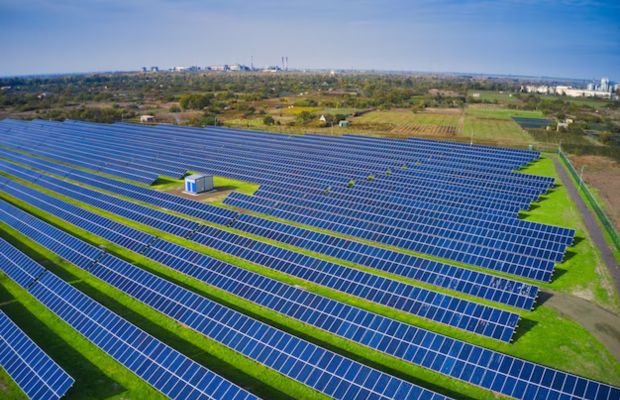In 2023, China’s clean energy industry made a substantial impact on the economy, contributing 11.4 trillion yuan, which represents 9% of the country’s GDP and 40% of its economic growth. This surge highlights the significant role of renewable energy in China’s economic development.
China’s advancements in renewable energy are remarkable. The country’s solar and wind energy sectors have expanded rapidly, with China adding as much solar photovoltaic capacity last year as the rest of the world combined in 2022. Wind power additions also surged by 66% year-on-year. By the end of 2023, renewable energy sources exceeded 50% of China’s total installed power capacity, surpassing traditional thermal power for the first time.
The growth in new energy vehicles (NEVs) is equally impressive. China’s production and sales of electric cars grew by 35.8% and 37.9% respectively, reaching nearly 10 million units and dominating about 63.5% of the global market. The country also leads the world in NEV battery production, holding 70% of the global market and leading in patent applications for battery technologies.
China’s commitment to clean energy extends beyond renewables. The country is investing in nuclear power as a stable, low-carbon energy source to complement intermittent renewables like wind and solar. Although nuclear power presents safety challenges, it is seen as crucial for meeting China’s carbon neutrality goals by 2060.
China is also making strides in hydrogen energy and carbon capture technologies, integrating them into national plans and investing heavily in their development. These technologies are expected to play a critical role in achieving the country’s climate goals and enhancing energy security.
Overall, China’s investment in clean energy not only supports its economic growth but also positions it as a global leader in the transition to a green, low-carbon future.

